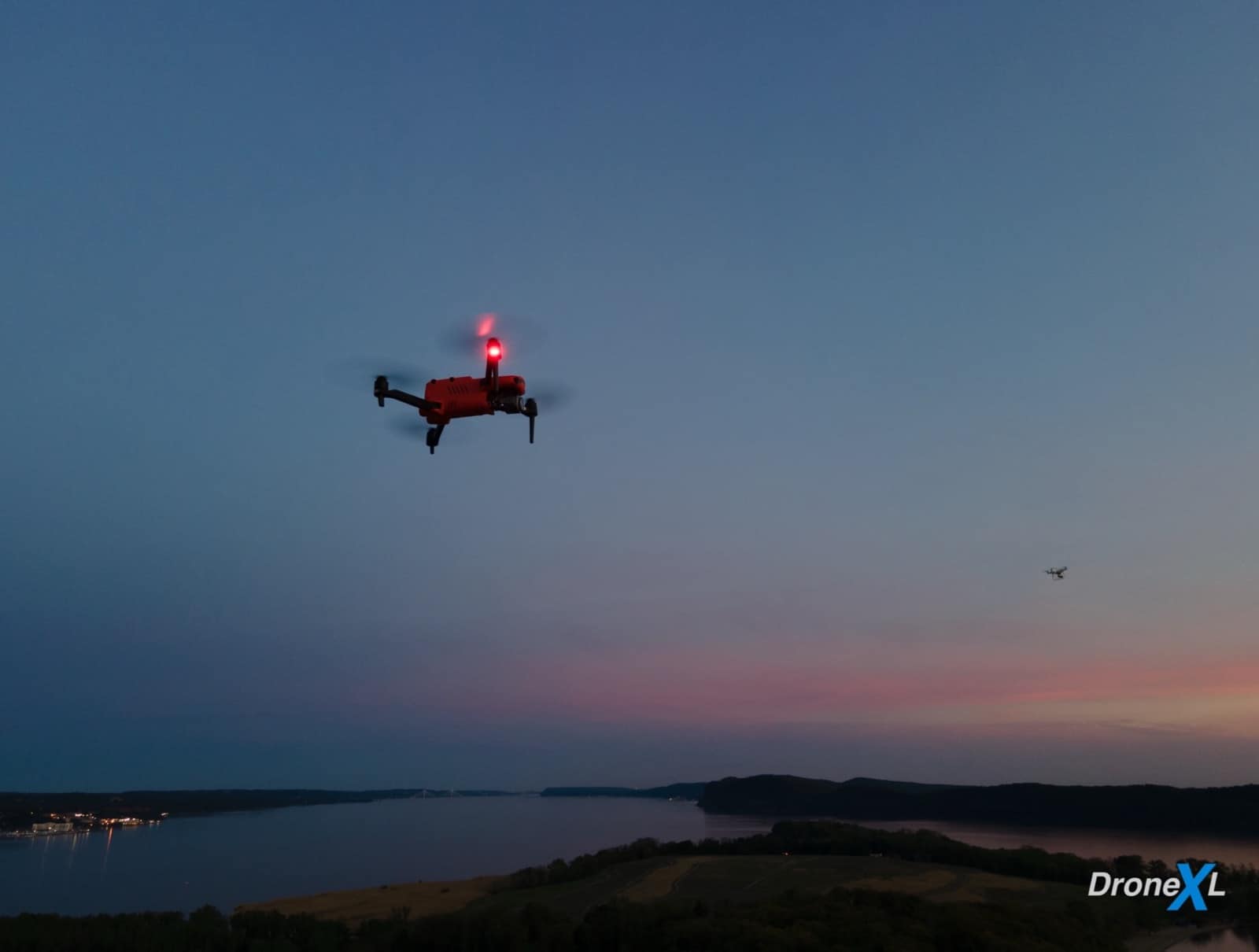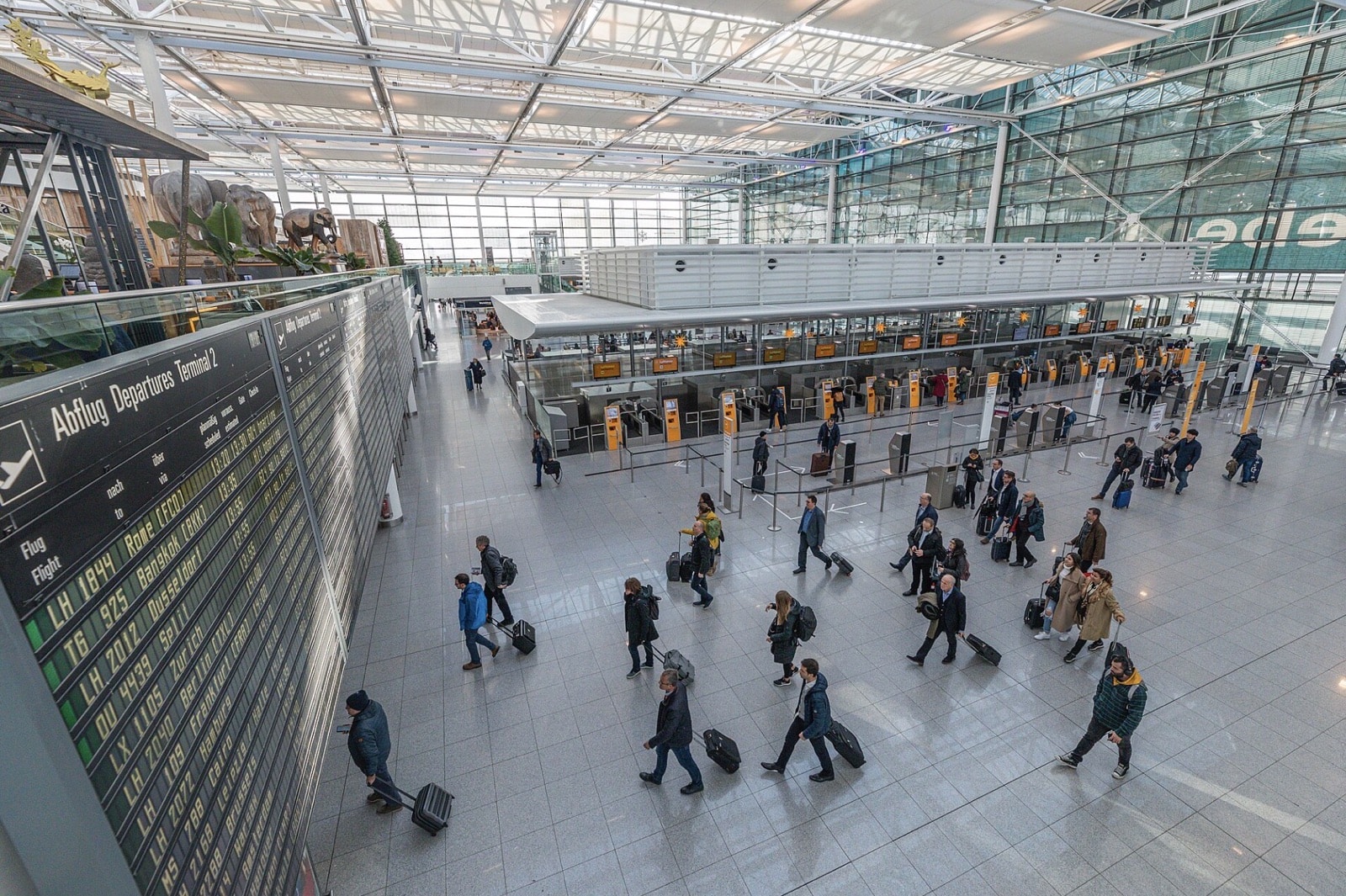We Keep Mistaking Stars for Drones: Why Europe’s Panic Mirrors New Jersey’s Mass Hysteria

Mysterious drone sightings across Europe are sparking mass anxiety and triggering airport shutdowns—but history suggests many “threats” are actually stars, commercial aircraft, and celestial phenomena misidentified under stress, reports The Guardian. From 1946 Swedish “ghost rockets” (meteors and auroras) to last year’s New Jersey panic (planes mistaken for drones), societies repeatedly see threats in the sky that aren’t there.
The pattern matters urgently for drone pilots: every panic creates regulatory backlash that restricts legitimate operations, even when the “drones” turn out to be Venus, training aircraft, or passenger jets on final approach.
Denmark Quietly Admits Multiple “Drone” Sightings Were Actually Planes
Danish authorities have quietly confirmed that several high-profile “drone” sightings—which triggered NATO deployments, international equipment loans, and a nationwide drone flight ban—were actually conventional aircraft. But officials refuse to share these findings publicly, according to Denmark’s national broadcaster DR.dk.
The revelation undermines Prime Minister Mette Frederiksen’s characterization of the incidents as “the most serious attack on Danish critical infrastructure to date.” Denmark borrowed anti-drone equipment from Sweden and the United States, deployed Ukrainian drone specialists, closed Copenhagen Airport for three hours, and prompted NATO to send the German frigate FGS Hamburg to the Baltic Sea—all in response to what turned out to be, in multiple cases, regular airplanes.

DroneXL previously reported that a Socata TB-20 Trinidad training aircraft with registration OY-CDT was conducting flight exercises during at least one Copenhagen Airport “drone” closure. Pilots from other incidents gave conflicting descriptions—what one crew identified as a drone, another called a balloon.
New Jersey 2024: When Thousands of “Drones” Were Just Planes and Planets
The European misidentifications mirror last year’s New Jersey drone panic, where thousands of reports flooded federal tip lines between November and December 2024. Federal investigations later revealed most sightings were routine aircraft, planets, and stars.
One of the most dramatic incidents involved a medical helicopter forced to divert while transporting a crash victim due to “three drones” near Raritan Valley Community College. TSA documents released months later showed the “drones” were actually “three commercial aircraft approaching Solberg Airport” that “seemed to hover because they were flying directly towards the ground observers.”
Coast Guard personnel reported drones following their vessel off the New Jersey coast. White House forensic analysis concluded these were “air traffic going into JFK International Airport, and not drones at all.” TSA investigators determined the aircraft were executing S-shaped landing maneuvers that created an illusion of hovering.
Former Maryland Governor Larry Hogan posted video of what he believed were numerous large drones over his residence. Astronomers, meteorologists, and the University of Maryland Observatory director identified the objects as the constellation Orion. Even Senator Andy Kim admitted that “most of the possible drone sightings that were pointed out to me were almost certainly planes.”
1946 Sweden: When “Ghost Rockets” Were Meteors and Auroras
The Guardian article traces this pattern back nearly 80 years. In 1946, over 2,000 “ghost rocket” sightings terrified Scandinavia as witnesses reported missile-shaped objects streaking across the sky. Authorities suspected Soviet weapons tests using captured Nazi V-2 technology.
Dr. Robert Bartholomew, senior lecturer in psychological medicine at the University of Auckland, explained the reality: “We now know that the ‘ghost rocket’ flap coincided with a rare confluence of two events: geomagnetic comets and unusually high solar activity, which generated an array of spectacular auroras and amplified the appearance of meteors streaking across the sky.”
The peak sightings on August 9 and 11, 1946, aligned perfectly with the Perseid meteor shower. Swedish authorities attributed many reports to Venus low on the horizon.
Earlier “ghost plane” panics in the 1930s followed similar patterns—witnesses convinced they were seeing hostile Soviet reconnaissance aircraft that were actually celestial bodies and atmospheric phenomena.
Why Human Perception Fails Under Anxiety
Dr. Beryl Pong, who leads the Centre for Drones and Culture project at the University of Cambridge, notes the psychological impact: “I think the incursions are a way to spook and to provoke… you don’t know what its motivations are, right? It could be benign or, you know, it could just kind of be the end of your life, right there.”
This uncertainty amplifies misidentification. When people expect threats, their perception shifts. Dr. Richard Carter, who worked with Pong on the “Beware Blue Skies” installation at the Imperial War Museum, said societies have repeatedly turned “peaceful skies into a source of persistent threat.”
Bartholomew calls the current European situation a “collective anxiety attack where the sky has become a social barometer of the times, driven by the fallibility of human perception and fear.” He notes that shorter autumn days with more darkness hours “contributes to the ambiguity… it cannot be good for anyone with an anxiety disorder.”
Skeptical investigator Mick West, who runs the Metabunk forum, has documented the pattern extensively. Based on cases where objects were definitively identified, eyewitness accounts resolve to: ”‘Large stationary Drone’ = A bright star, like Betelgeuse. ‘Two Small Drones over…’ = Distant planes way behind. ‘Drone network’ / ‘drones … in patterns’ = planes or satellites.”
Real Threats Exist—But Panic Obscures Them
The misidentification problem doesn’t mean all incidents are false alarms. Some European sightings likely represent genuine security concerns. A German classified report identified Munich Airport drones as military reconnaissance platforms. France recently seized a Russian-linked tanker suspected of launching drones near Denmark. Polish forces shot down Russian drones that violated NATO airspace.

The danger lies in the inability to distinguish real threats from mass hysteria. When authorities deploy massive resources chasing training aircraft and stars, they waste capacity needed for actual security threats. Worse, the resulting regulations punish legitimate drone operators for panic-driven by misidentification.
DroneXL’s Take
History doesn’t repeat itself, but it certainly rhymes. We’ve watched this exact pattern unfold three times in recent memory: 1930s Scandinavia (Venus blamed for “ghost planes”), 1946 Sweden (meteor showers blamed for “ghost rockets”), and 2024 New Jersey (commercial aircraft blamed for “mystery drones”). Now Europe is experiencing its own collective anxiety attack, with predictably similar results.
The Guardian article nails the psychological dynamics at play. When societies feel vulnerable—whether from Cold War tensions in the 1940s, post-9/11 security concerns, or today’s hybrid warfare fears—people start looking up. And once the narrative takes hold that mysterious objects are overhead, every airplane on approach, every bright planet, every legitimate small drone becomes evidence of the threat.
What makes this dangerous for our community is the regulatory backlash. New Jersey’s panic led to people aiming lasers at aircraft and firing guns at the sky—FBI had to issue urgent warnings. Denmark banned all civilian drone flights nationwide, disrupted thousands of travelers, and borrowed equipment from allied nations. Germany is rushing legislation to let the military shoot down suspected drones. Switzerland just allocated $136 million for counter-drone systems.
All of this hurts legitimate drone operators who follow the rules. When recreational pilots lose airspace access because authorities are chasing stars and commercial jets, the drone industry pays the price for mass hysteria. The proposed European “drone wall” defense system represents billions in spending driven partly by confirmed misidentifications.
Denmark’s refusal to publicly admit which “attacks” were actually training aircraft is particularly galling. Taxpayers deserve to know which NATO deployments and international responses were triggered by phantom threats. UAVHive and Mick West deserve credit for pushing transparency—their work shows that “I saw a drone” isn’t enough. You need date, time, location, and cross-referenced flight data to make definitive claims.
The New Jersey precedent shows how these panics eventually subside when media attention fades. But the damage lingers in hasty regulations, wasted resources, and damaged credibility for legitimate security concerns. European authorities need better drone detection technology that can definitively distinguish between aircraft types. More importantly, they need to be transparent about what they’re actually seeing, rather than leaving information vacuums that fill with speculation and fear.
To be clear: some of these incidents are probably genuine security threats. But until authorities can show their work and explain which sightings were real versus misidentified, they’re asking us to trust them after repeatedly crying wolf about Venus, Orion, and training aircraft.
What do you think? Share your thoughts in the comments below.
Discover more from DroneXL.co
Subscribe to get the latest posts sent to your email.
Check out our Classic Line of T-Shirts, Polos, Hoodies and more in our new store today!

MAKE YOUR VOICE HEARD
Proposed legislation threatens your ability to use drones for fun, work, and safety. The Drone Advocacy Alliance is fighting to ensure your voice is heard in these critical policy discussions.Join us and tell your elected officials to protect your right to fly.
Get your Part 107 Certificate
Pass the Part 107 test and take to the skies with the Pilot Institute. We have helped thousands of people become airplane and commercial drone pilots. Our courses are designed by industry experts to help you pass FAA tests and achieve your dreams.

Copyright © DroneXL.co 2025. All rights reserved. The content, images, and intellectual property on this website are protected by copyright law. Reproduction or distribution of any material without prior written permission from DroneXL.co is strictly prohibited. For permissions and inquiries, please contact us first. DroneXL.co is a proud partner of the Drone Advocacy Alliance. Be sure to check out DroneXL's sister site, EVXL.co, for all the latest news on electric vehicles.
FTC: DroneXL.co is an Amazon Associate and uses affiliate links that can generate income from qualifying purchases. We do not sell, share, rent out, or spam your email.


















